During Doors Open Toronto last month we visited the Spadina House Museum.
As its name suggests, it located on Spadina Road, and “Spadina” comes from an Ojibwa word ishpadinaa, meaning “be a high hill or sudden rise in the land” (source).
The house was home to three generations of the Austin family from 1866–1982. It was donated to the city and opened to the public as a museum in 1984.
Before the Spadina House, though, there was the Baldwin House, which was burnt down in 1835 (Mr. Baldwin was OK; he later moved to Front St. to be closer to work). The Spadina House was literally built on top of the Baldwin house, as excavation found the ghost of the older house (i.e. the foundation, brick-bordered paths) underneath the floor boards of the newer house. I thought that was pretty fascinating.
Coming back up to ground level, we visited the Victorian-Edwardian gardens surrounding the house.
Lovely pink tulips (and a bug! I love it when I don’t realize I caught a bug on camera until I look at them on the computer :D).
And forget-me-nots as far as the eye could see! (They’re my favourite.)
There’s also a green house. I love these window roofs (I don’t know what they’re called :S) for the potted plants.
The house was restored to the 1920–30 period. Beautiful art deco and arts and crafts style wallpaper, carpets and furnishing throughout the house. It was rather crowded that day due to Doors Open, so it was kind of difficult to take it all in. Must go back and revisit one day.
But we saw many cool things nonetheless. Like the headless butler. (It was a display of the butler’s pantry.)
The “cozy corner”, for the women of the house. (If we ever own a house, I’m so getting a day bed.) Check out the pattern of the metal covering on the radiator — isn’t that beautiful?
Also beautiful are the moldings around the chandeliers. Each is different and so intricate and mesmerizing.
The billiard room has this really interesting wallpaper, kind of fairy tale and children’s book-like.
I think this is the room where the family had gatherings. It has a fun-looking couch (the orange one in the centre). One of the docents said that its for men and women to sit together but not touch. (I think she was referring to that couch, but there were too many people around I can’t be sure whose question she was answering.)
The family was apparently avid hunters, so here’s the elk in the hallway… (if I were a kid growing up in this house, I’d be pretty scared walking through this hallway if I need to use the bathroom at night, being stared down by the looming elk head in a narrow hallway…)
… And a pair of wolves in the front entrance. (According to a friendly docent, the young children in the family were really scared of the wolves, and would tiptoe past them every time they walk through the door. I don’t blame ’em :S).
The kitchen is always my favourite place when I visit historic houses. I find it so unpretentious compared to the rest of the house; it’s where people work and laugh and grumble, where people do honest, hard work. Now here’s someone pretending to live in the past for education’s sake. A docent was explaining to Mike the different “new” products in the cupboard, including Maxwell coffee beans.
A beautiful stove.
Teacup waiting to be washed in the old sink, just like in 1889.
An ice box! :D “But… if there was no freezer, how did people make ice to put in the ice box?” asked the child of the technological age sitting in front of the ice box.
And then there are the small things that delights me so much…
I love museums :)
Thank you for dropping by, have a lovely day!
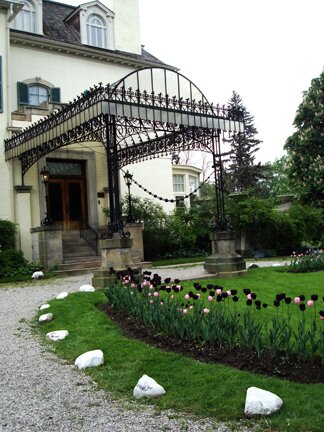
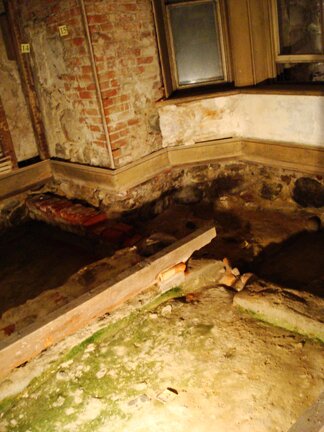
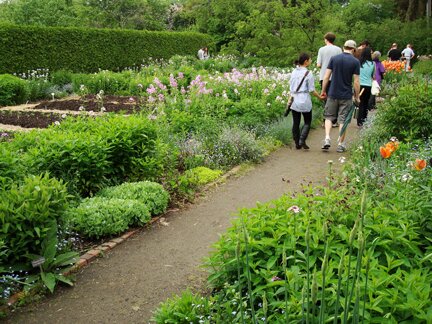
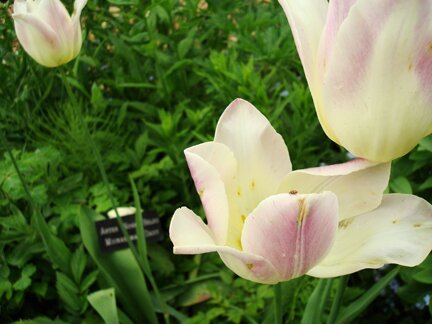
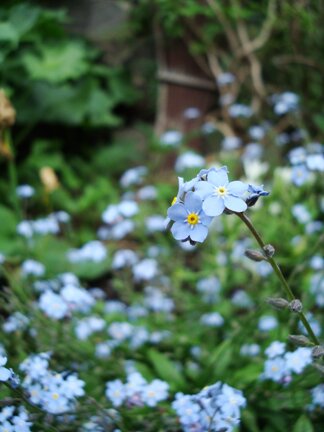

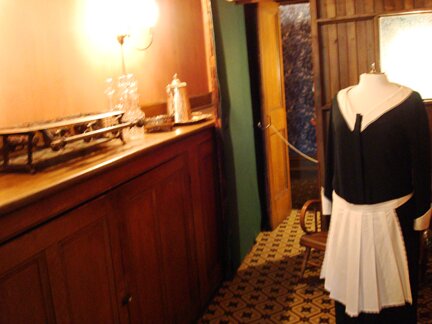
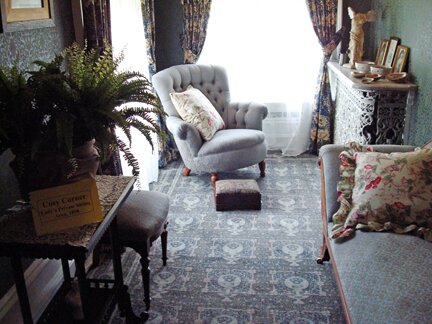
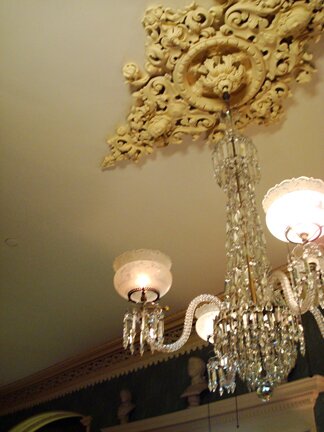
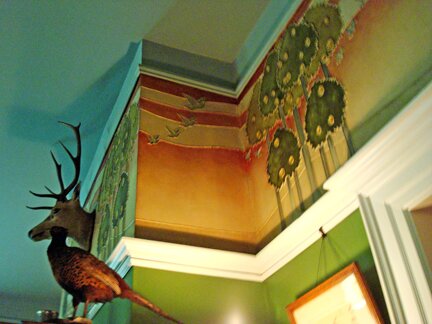
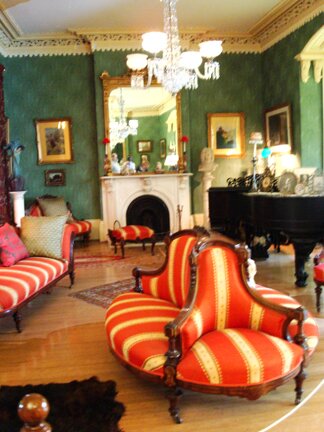
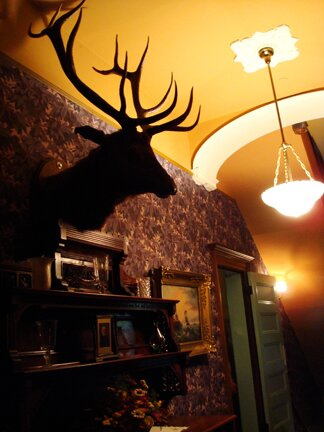
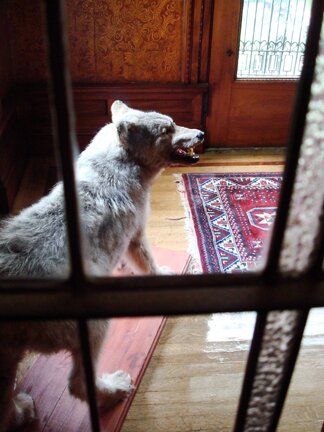
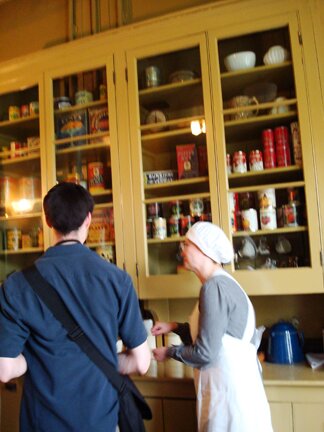
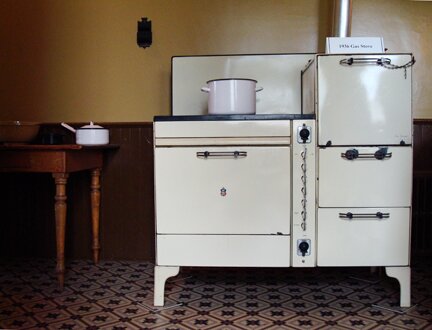

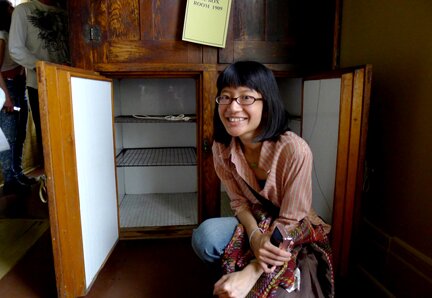
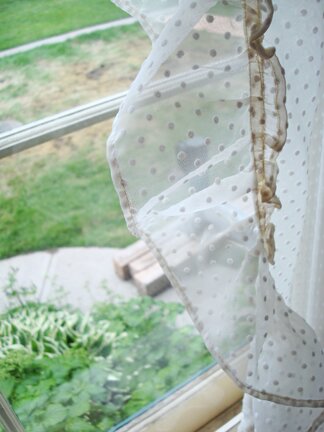
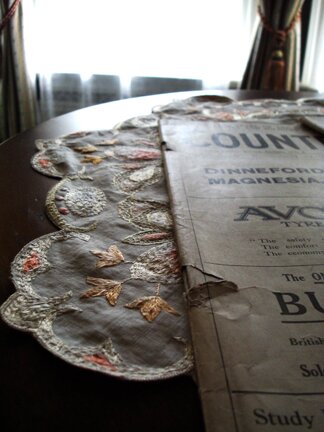
Great post, Trish! We love your photos so much that we’re going to share this on our Facebook page so our fans can enjoy them as well!
You should come to our Garden Party on June 26th! Details are on our FB page. :)
Hi,
Glad to hear you enjoyed your visit to Spadina. FYI ice was cut from local lakes in the winter, stored in warehouses in sawdust and straw and delivered throughout the year to houses like Spadina that had ice boxes. On the outside of the house, you can see a little door that provides access to the inside of the ice box. The ice was delivered and deposisted inside the icebox. Cool air sinks, and so the contents of the icebox were kept cool.
Hope to see you again at Spadina!
Karen Edwards
Museum Administrator
mystery solved! :D i’ll definitely come back on a less crowded day. thank you so much for visiting!